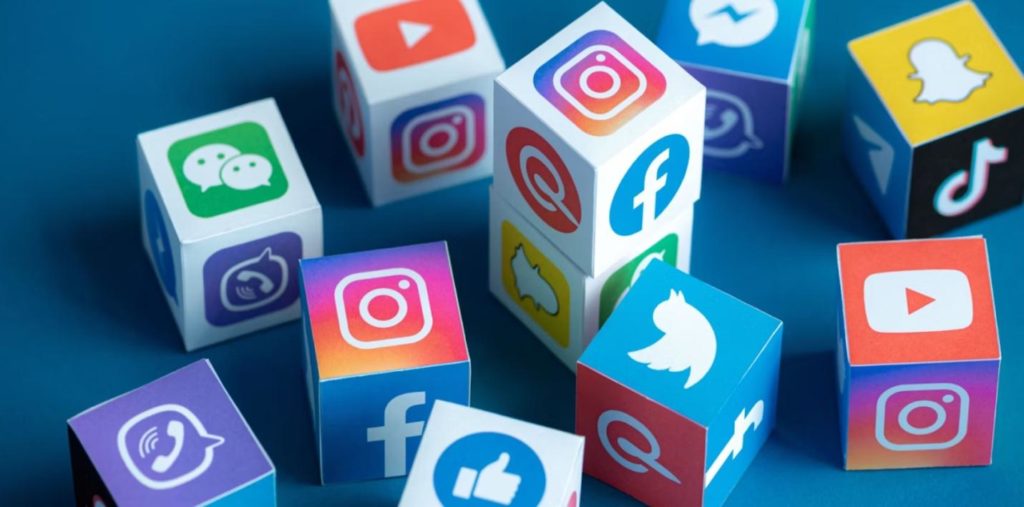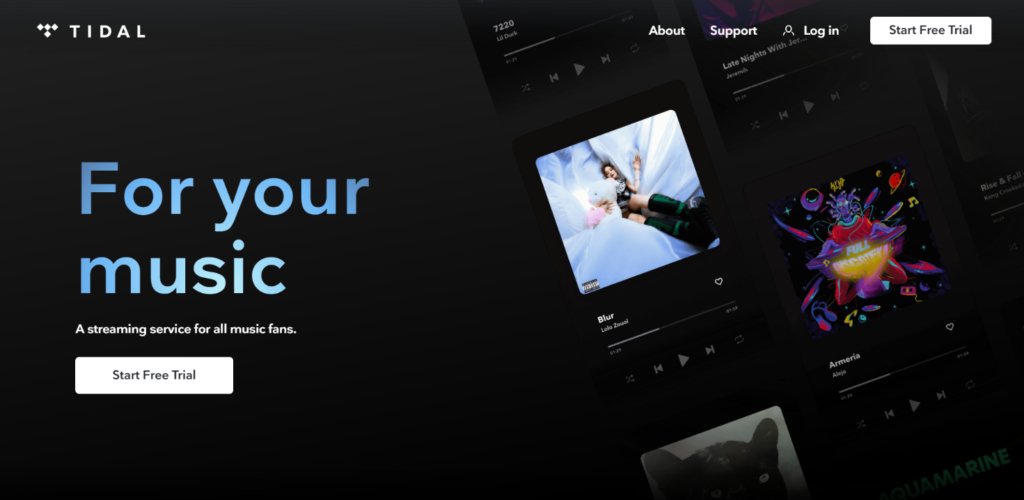Once, computers were gigantic machines used by professionals only. When humankind entered the epoch of digital consumption, they became ubiquitous, and their use scenarios changed dramatically.
People buy PCs and mobile devices not only for work but for various everyday activities, including those related to entertainment.
Their rapid expansion of companies has led to an increase in the popularity of media apps. They have long become a meaningful part of our lives.
What Is A Media App?
Media apps are software products for consuming, sharing, and publishing information. The latter can relate to texts (newspapers, magazines, blog posts, social networks), videos (VOD and streaming platforms), audio (streaming services or media players), or photos (social or stock platforms).
There are numerous types of such solutions on the market. Mostly these are popular entertainment apps.
Such software products are pre-installed on most PCs and mobile devices. If you want more advanced solutions, such markets as the Google Play Store and the App Store offer countless apps that can meet the needs of any user.
With their help, we play games, watch videos, or listen to our favorite music. For a seamless and pleasant user experience, well-thought-out media app architecture is of crucial value.

Key Types Of Media Apps
The variety of media apps is striking. The end products relate not only to entertainment app development but cover important areas of professional activities. Such software includes the following types:
Media Players
Some decades ago, one needed a record/CD/cassette player, or at least a Walkman, to listen to music and a TV set with a VHS/DVD player to watch a movie.
You can still use these, but as computers develop, more and more people forget about specialized devices.
Media players make our listening and watching experience easier and allow us to enjoy songs and films almost everywhere.
IT providers offering entertainment app development services pay special attention to such solutions. There are plenty of products of this type, both pre-installed and available in play markets.
Streaming And VOD Apps
These are even more advanced solutions for audio/video consumption. As Internet coverage and quality keep on improving, we don’t even need to build up a media library or keep files on hard disks.
Streaming is not inferior to physical copies in terms of quality. The best entertainment apps allow people to enjoy 4K videos (Netflix) or listen to Hi-Fi tracks (Tidal).
The newest TV sets and sound systems provide the possibility of consuming content over the Internet.
These apps offer free and paid content. One can unlock premium features with a subscription.

Photo/video Editors
Media app development would be incomplete without powerful editors. Primarily built for designers and movie creators, this type of software has gained immense popularity among lay users.
Who doesn’t want good-looking selfies or vibrant memorable videos? More and more people discover the immense capacities of such apps.
Innovative editors help people to take their creativity to the next level. For digital artists, they are a must.
Social Media Software
The Internet has drastically changed the way people communicate with each other. You don’t need to be in the same room with your interlocutors to share news, laugh at jokes, or chatter about your holidays.
Social networking opens up vast opportunities for private and business communication.
Don’t worry about confidentiality if you need it: the best software products have robust built-in mechanisms of protection and a serious privacy policy.
Presentation Software
This type is meant for business and education. Schools and universities make learning much more exciting, with colorful graphics, catching videos, and clear visuals.
Sales managers also profit from such solutions as they help them stay not only competent but look more persuasive.
Concise texts and impressive graphs will do wonders during a speech. Modern audiences appreciate visual information more than ever.
CMS Software
Such apps are indispensable for marketers who can easily manage the content of any type (graphics, audio, video, etc.).
Some Insights Into Media App Architecture
There is no common approach, as media solutions differ significantly. For example, the architecture of social media apps has three tiers: a client, a backend, and a database. Developers must provide for its horizontal scalability.
The back-end architecture largely affects the performance of a program: a good one ensures its success, and a poor one undermines its efficiency. To be more specific about media app architecture, we’ll give you one example. Let’s take a closer look at Android media players.
A typical multimedia app includes a player and a user interface. The first one renders media as video or audio. The second one allows a user to run the app and see the status of a track played.
Most player solutions have similar schemes of interaction between these components:

A media session controls the entire interaction with an app. It keeps the API from sight and shows the player’s state. Thanks to it, you can see what track is being played at the moment and watch its progress/status. It can get session callbacks from a media controller.
The architectures of audio and video solutions differ. When listening to music, you can perform multiple tasks at the same time (unless you are a genuine music lover who forgets everything when plunging into the magnificent world of sounds).
You can listen to your favorite tracks on Spotify and text friends, appoint meetings, or read your Facebook newsfeed.
When watching movies, however, users rarely switch between windows or perform multitasking, even though there is such an option.
These differences in customer experience explain certain peculiarities in the two architecture types. With audio apps, developers implement a client/server design. With video solutions, a single-activity design is preferable.
A video solution must include a window for viewing. A screen is extendable, so a viewer can hide frames and control buttons during playback.
But the main window stays visible all the time. In turn, the UI of an audio app can be easily hidden. Once you start listening, you don’t need to gaze at the screen anymore.
Background playback and the ability to switch between tracks or change the volume are key features here.
Conclusion
Media apps are profitable for both enterprises and end users. As information consumption keeps on growing, companies can get immense revenue by offering their clients highly competitive entertainment apps and efficient solutions for various business activities.
People resort to such software for work, education, and fun. With high-quality digital products, they increase their performance at work, discover wonderful pieces of cinema or music, and enjoy virtual encounters with their friends.
If you want to launch your entertainment app or any other media solution, study the market demand, the needs of your potential customers and competitors’ achievements in this field.
An IT company with rich expertise in media and entertainment app development and in-depth knowledge of media app architecture will take on any challenging task and help you build a top-notch robust product.